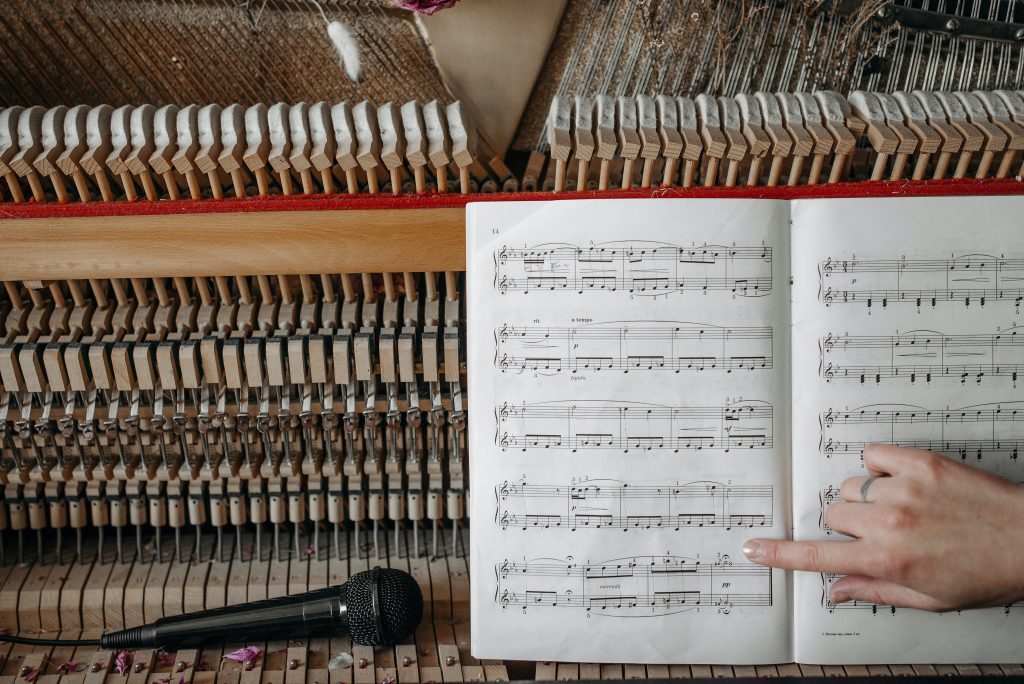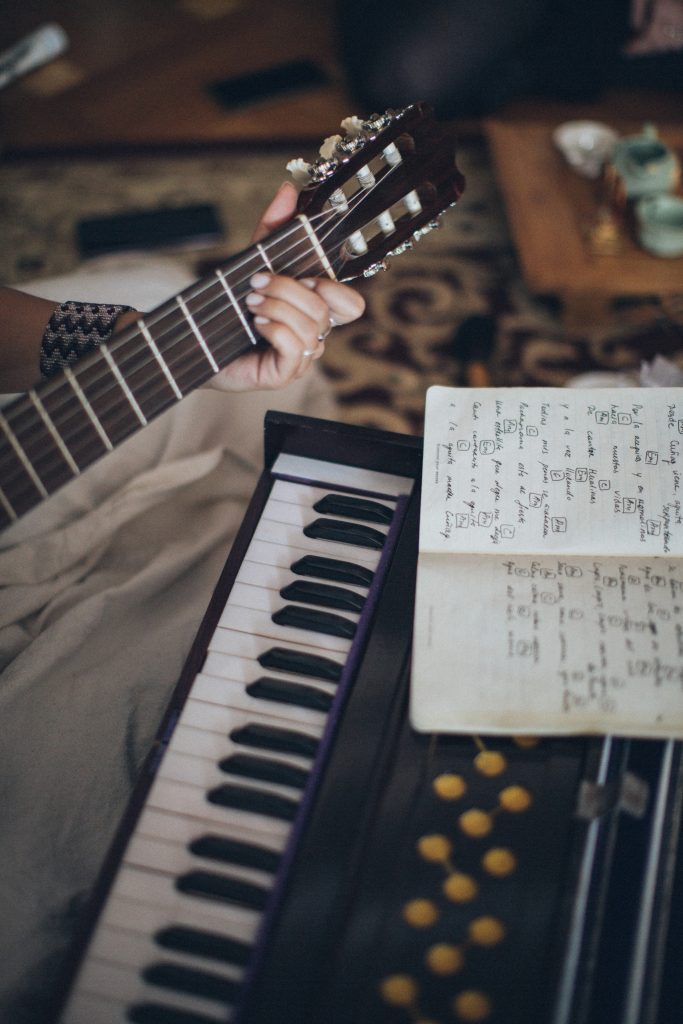
A lot of my followers and students on my social media accounts especially on YouTube ask me, “Jazer, how do I learn how to sight read? Why am I finding it so difficult?”
One major reason that many struggle with sight reading is that they don’t have a solid foundation. Like many who start learning how to read, it starts with the alphabet.
In this article, I have outlined the basics and foundation of learning how to sight read. In my experience, it takes four to six months of piano lessons before one can master the necessary basics.

First and foremost, know the musical alphabet forward, backward, and in skips. Experienced musicians can all do this, but most beginners need practice. It’s like memorizing math facts like starting with simple numbers.
Next thing you need to do is to get to know the staff. The music staff is the foundation for music notation. It is called a stave for the British version. The stave consists of a set of five horizontal lines and the four spaces that are between the lines.
The modern staff comprises five lines and four spaces. Every line or space on the staff represents a white key on the keyboard. When counting lines and spaces on a staff, the bottom line of the staff is always referred to as the first line, with the top line being the fifth.

Clefs assign individual notes to certain lines or spaces.
Two clefs normally used:
Treble clef
Bass clefs
The staff can be thought of as a musical graph on which music notes, rests, and musical symbols are placed to indicate to the reader the specific pitch of a note. Remember, notes are written on and between staff lines, but when they fall off of the staff, they’re placed on ledger lines that lay below and above the staff.
After mastering the staff, next to master is the practice of rhythmic and melodic dictation of familiar songs.

one should be able to hear a short melody and match it with what they see on the staff. Another skill to add is learning about time signature, measures and barlines.
When sightreading, a musician has to keep in time. Just like you wouldn’t just start driving a car without first learning about road signs, you can’t expect to sight read without knowing the signs of the staff. These are all critical skills for beginners learning how to sight read their pieces.
Lastly, my advice is to memorize guide notes.
There are a few notes on the staff that one should be familiar with. These would be the Middle C, Treble G, and Bass F. Combine all of these with knowing the musical alphabet, players can easily identify other notes anywhere on the staff.
Thanks for sharing this. Have been wondering how to read them for a long time. It’s a start!
You’re quite welcome, Darshant!